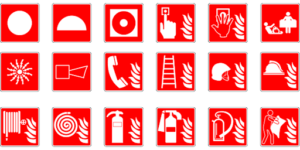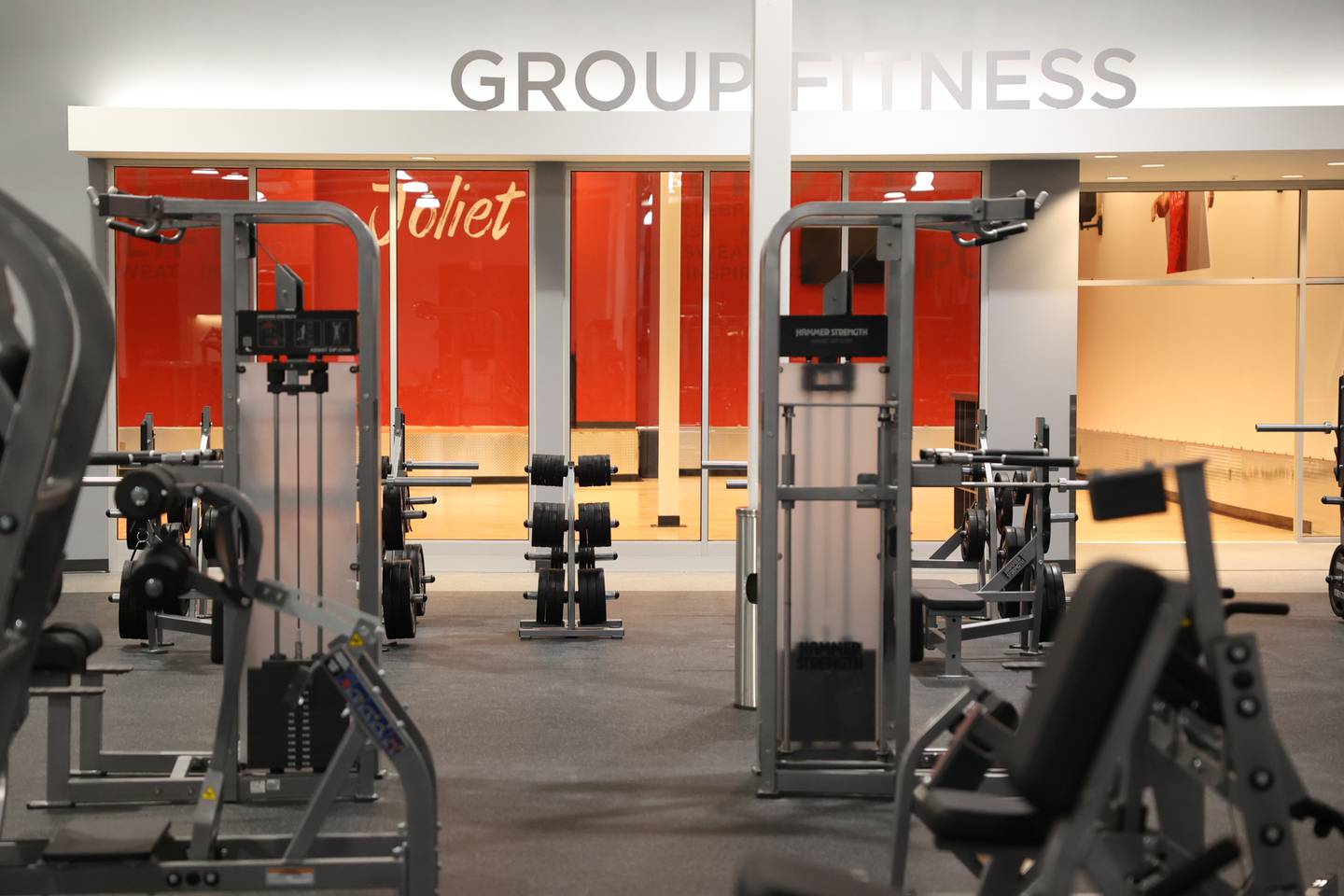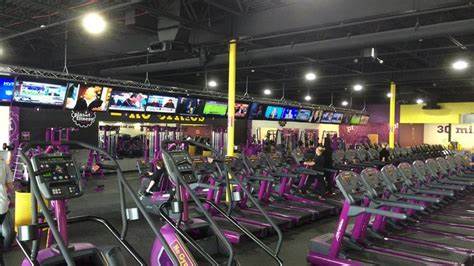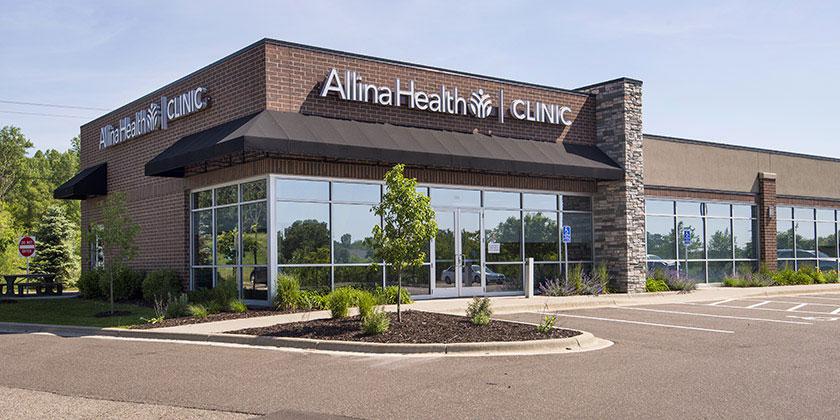In the workplace, there is no shortage of things that cause danger or threaten personal safety. For that reason, safety signs are a must not only to protect against incidents but to meet compliance standards.
If you aren’t quite sure about how safety signs work or where to put them, this is the guide for you. When all is said and done, you will be an expert when it comes to safety signs, their various colors, and where to put them.

Why are Safety Signs Used in the Workplace?
Contents
Before you go looking for safety signs from this site, you need to know what they are used for in the first place. Safety signs are used in both outdoor areas and throughout a litany of different businesses. They are used to provide proper guidance and direction. Here are the main purposes of safety signs.
Warning against danger. The most prominent reason to use safety signs is to warn of any potential dangers. These signs display potential risk of danger and should be color-coded based on what their level of risk is. There should be clear, action-oriented wording that gets the message across clearly and quickly.
General information. Some safety signs can be used to convey basic instructions and information. Sharing safety quotes for work, general information, and instructions for work safety can be placed throughout the workplace. Even housekeeping signs can help workers reach proper sanitation and use proper hygiene practices.
Provide direction. Workplace signage can be used to dictate traffic patterns or how to get to specific locations. Direction includes storage area signs, hand wash station signs, and smoking area signs, among others.
Safety Sign Color Coding
The biggest things that you will need to know about safety signs are the symbols and colors. Colors are chosen to display very different messages relating to the hazards of that specific area or equipment. Here are the different colors to be aware of.
Red. Red indicates clear danger and means that you should not proceed. These are used where there is a high risk of danger, including the chance of injury or even death. These also point out emergency stops, fire suppression equipment, and alarms.
Orange. This shows a moderate risk of anger, generally coming from sharp edges or specific pieces of equipment. Under construction signs, traffic signs, and construction signs all tend to have an orange background to them.
Green. Green is used to indicate safety and first aid equipment.
Blue. Another type of safety sign that indicates which pieces of equipment are under repair and should not be operated or even started.
Yellow. These indicate that caution is required. You will see no trespassing signs to keep people out of potentially dangerous areas. Flammable and hazardous materials will also have yellow signs.
The Types of Safety Signs
Just like there are different colors to deliver a specific message, there are different types of safety signs as well. There are three specific types of safety signs to consider.
Caution. These indicate potential danger or risk of injury. The yellow background, black panels and borders, and black lettering are prominent. These also typically have the word “CAUTION” somewhere on them.
Safety. Safety signs tell workers about relevant procedures and policies. Instructions for equipment operation or hygiene are involved. Typically have white with green panels and white lettering.
Danger. Danger signs indicate serious potential injury or even death. They have red backgrounds with black trim and white lettering, using the word “DANGER” somewhere. Some danger signs can be in orange if the threat is less serious.
















